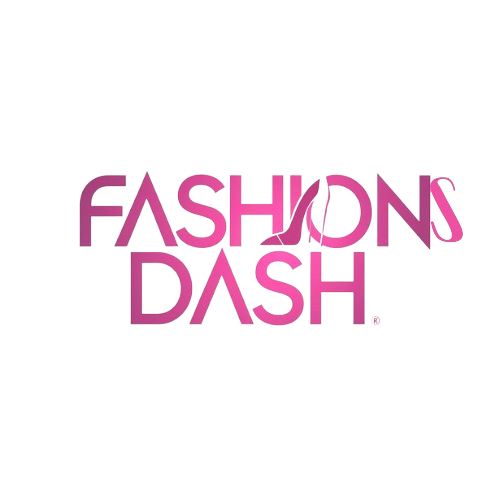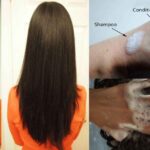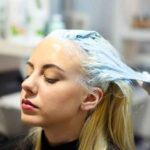Understanding the optimal duration for bleaching hair is crucial for achieving desired results while minimizing damage.
Leaving bleach on hair for too long can lead to significant damage, altering its texture and overall health. It’s essential to follow the instructions provided with the bleaching kit and avoid exceeding the recommended time frame.
Factors such as hair type, starting color, desired outcome, and the type of developer used all influence how long bleach should sit on the hair.
Can You Leave Bleach In Your Hair Too Long?
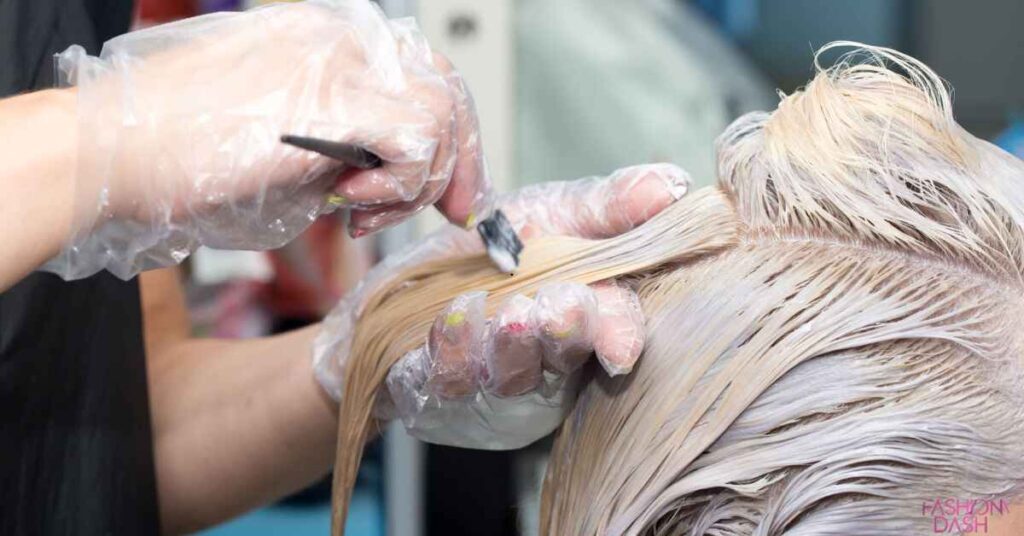
The simple answer is yes – leaving bleach on your strands for longer than recommended can have severe consequences. Exceeding the optimal bleaching duration can lead to.
Excessive dryness and brittleness: Bleach is a harsh chemical that strips your hair of its natural oils and moisture, leaving it dry and prone to breakage.
Read This Blog: HOW TO FIND YOUR FASHION STYLE
- Irreversible damage: Prolonged bleach exposure can cause irreparable damage to your hair’s cuticle and cortex, compromising its structural integrity.
- Unwanted tones: Overlapping can result in undesirable tones, such as orange or yellow hues, which are challenging to correct.
- Scalp irritation: Leaving bleach on for too long can cause scalp irritation, redness, and even chemical burns.
To avoid these issues, it’s essential to follow the instructions provided by your bleach kit or professional stylist meticulously.
How Long Are You Supposed To Leave Bleach On Your Hair?
Unfortunately, there’s no one-size-fits-all rule regarding the optimal bleaching duration. The amount of time you should leave bleach on your hair depends on several factors, including.
Factor #1: Your Hair Type
Virgin hair tends to lighten quicker than previously colored or chemically treated locks. If you’ve never bleached or dyed your hair before, you’ll likely need less processing time than someone with heavily processed strands. First-timers should be especially cautious about leaving bleach on for too long, as their hair is more susceptible to damage.
Factor #2: Your Starting Color
Your natural or current hair color plays a significant role in determining the bleaching duration. If you’re starting with a dark brown or black base, you’ll likely need to leave the bleach on for longer to achieve your desired lightness. According to the American Academy of Dermatology (AAD), it’s advisable to choose a dye within three shades of your natural hair color to minimize damage. Lightening your hair more than three shades requires higher volumes of peroxide, which can be more damaging.
Factor #3: Your Desired Color
Your hair coloring goals also impact the bleaching time. If you’re aiming for a subtle change, like a few face-framing highlights, you may need less processing time than someone looking for a dramatic transformation, such as going from a dark base to platinum blonde.
Factor #4: The Type Of Developer
The developer – the peroxide-based solution mixed with the bleach powder – plays a crucial role in the bleaching process. Developers come in different volumes, with higher volumes (e.g., 30 or 40) providing a more potent lightning effect than lower volumes (e.g., 10 or 20). As a general rule, hair bleached with a lower-volume developer may require a longer processing time to achieve the desired lift.
How To Tell When It’s Time To Remove Bleach

Monitoring your hair’s progress during the bleaching process is essential to prevent over-processing. Here are some tips to help you determine when it’s time to rinse out the bleach.
Also Read This Blog: HOW MUCH DOES A FASHION DESIGNER MAKE
- Set timers: Follow the instructions on your bleach kit or consult with your stylist to determine the recommended processing time. Set multiple timers to remind you when it’s time to check on your hair.
- Perform a strand test: Before applying bleach to your entire head, test a small section of hair from the underneath layers. This will give you an idea of how quickly your strands lighten and help you determine the optimal processing time.
- Check for dryness: Once the bleach starts to dry out, it stops actively lifting your hair’s pigment. If you notice dry, chalky areas, it’s likely time to rinse.
- Observe the color change: Periodically check the lightest sections of your hair to monitor the color progression. When you’ve achieved your desired shade, it’s time to remove the bleach.
- Be cautious with overlapping: If you need to reapply bleach to certain sections, be extremely careful not to overlap on areas you’ve already processed to prevent over-processing and damage.
Remember, it’s better to err on the side of caution. If you’re unsure, it’s always safer to rinse out the bleach earlier rather than risk leaving it on too long.
Discover More Tips & Tricks
Now that you’re a bleaching pro, check out these related articles for more hair color and styling advice.
How to Create a Beautiful Crown Braid
Elevated yet effortless, the crown braid is a stunning style for any occasion. Learn the step-by-step technique to master this trendy look.
How to Use a Hair Straightening Brush
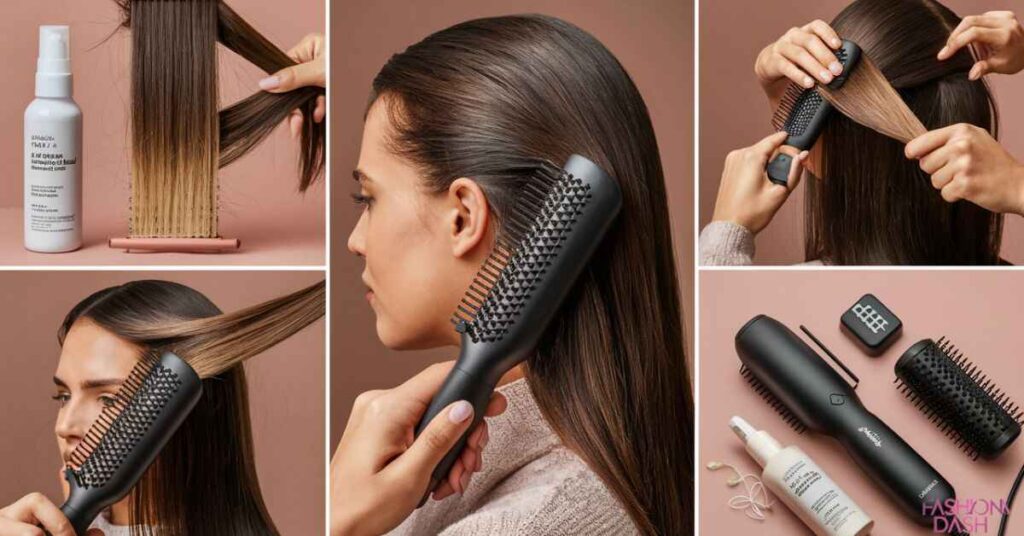
Achieve sleek, frizz-free strands with a hair straightening brush. Discover our top picks and tips for using this game-changing tool.
3 Ways to Style Short Curly Hair While Growing It Out
Embracing the awkward phase? Check out these stylish tips for rocking short, curly locks as you grow out your mane.
Our Best Deep Conditioner for Dry Hair
Restore moisture and shine to parched strands with our top-rated deep conditioner. Learn why it’s a must-have for dry, damaged hair.
Our Favorite Products To Protect Hair When Heat Styling
Heat styling can wreak havoc on your locks. Discover our favorite heat protectants to keep your strands safe.
7 Easy Tips for Fixing Static Hair
Battling flyaways and static cling? Follow these simple tricks to tame those unruly strands.
Simplify Your Hair Routine With The EverPure Sulfate-Free 21-in-1 Color Caring Spray Leave In
Streamline your hair care regimen with this multitasking leave-in spray. Learn how it can transform your locks.
How to Wear Hair Glitter for the Ultimate Sparkly Strands
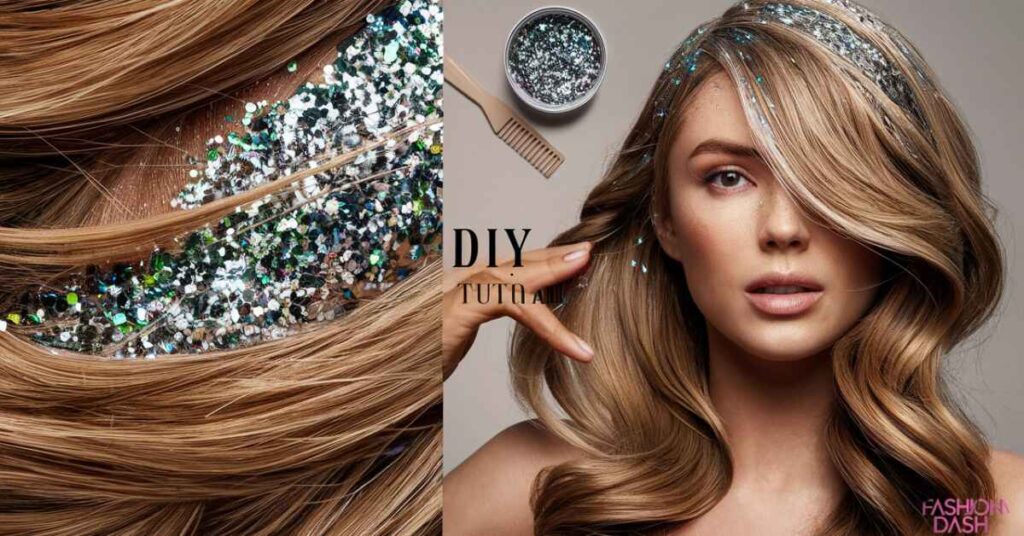
Add some shimmer to your tresses with the hair glitter trend. Get our tips for rocking this dazzling look.
Improve Your Routine
For healthy, vibrant locks, use L’Oréal Paris Elvive Total Repair 5 Protein Recharge Treatment and incorporate these tips into your hair care regimen:
Show Your New Look More Love:
- Deep condition weekly: Use a nourishing deep conditioner like L’Oréal Paris Elvive Total Repair 5 Protein Recharge Treatment to replenish moisture and strengthen your strands.
- Limit heat styling: Excessive heat can cause further damage, so opt for air-drying or low-heat styling methods when possible.
- Trim split ends regularly: Split ends can travel up the hair shaft, leading to breakage. Schedule regular trims to maintain healthy ends.
- Protect color with UV filters: UV rays can cause color to fade and hair to become dry and brittle. Use products with built-in UV protection.
Frequently Asked Question
How long to leave 20% volume bleach on hair?
For 20% volume bleach, follow the instructions on the product packaging, as the recommended duration can vary. Generally, it’s essential not to exceed the recommended time to prevent hair damage
Do I shampoo after bleaching?
Yes, it’s recommended to shampoo your hair after bleaching to remove any bleach residue and to help maintain scalp health.
How long should I leave bleach in my hair if it’s black?
If your hair is black, the duration of bleach application will depend on several factors, including the desired level of lightness and the specific bleach product used.
How long to keep bleach on roots?
When bleaching roots, the duration can vary depending on factors like hair type and desired lightness. Typically, it’s recommended to apply bleach to the roots last and to monitor the process closely, removing the bleach once the desired level of lightness is achieved to prevent over-processing.
Conclusion
determining the appropriate duration for bleaching hair is essential to achieve desired results while maintaining hair health. It’s imperative to follow the instructions provided with the bleaching kit and to avoid leaving bleach on the hair for longer than recommended, as this can lead to damage and undesirable outcomes.
Factors such as hair type, starting color, desired lightness, and the type of developer used all play a role in determining how long bleach should sit on the hair. By carefully considering these factors and monitoring the bleaching process closely, individuals can achieve their desired hair color while minimizing the risk of damage and ensuring healthy, vibrant hair.
